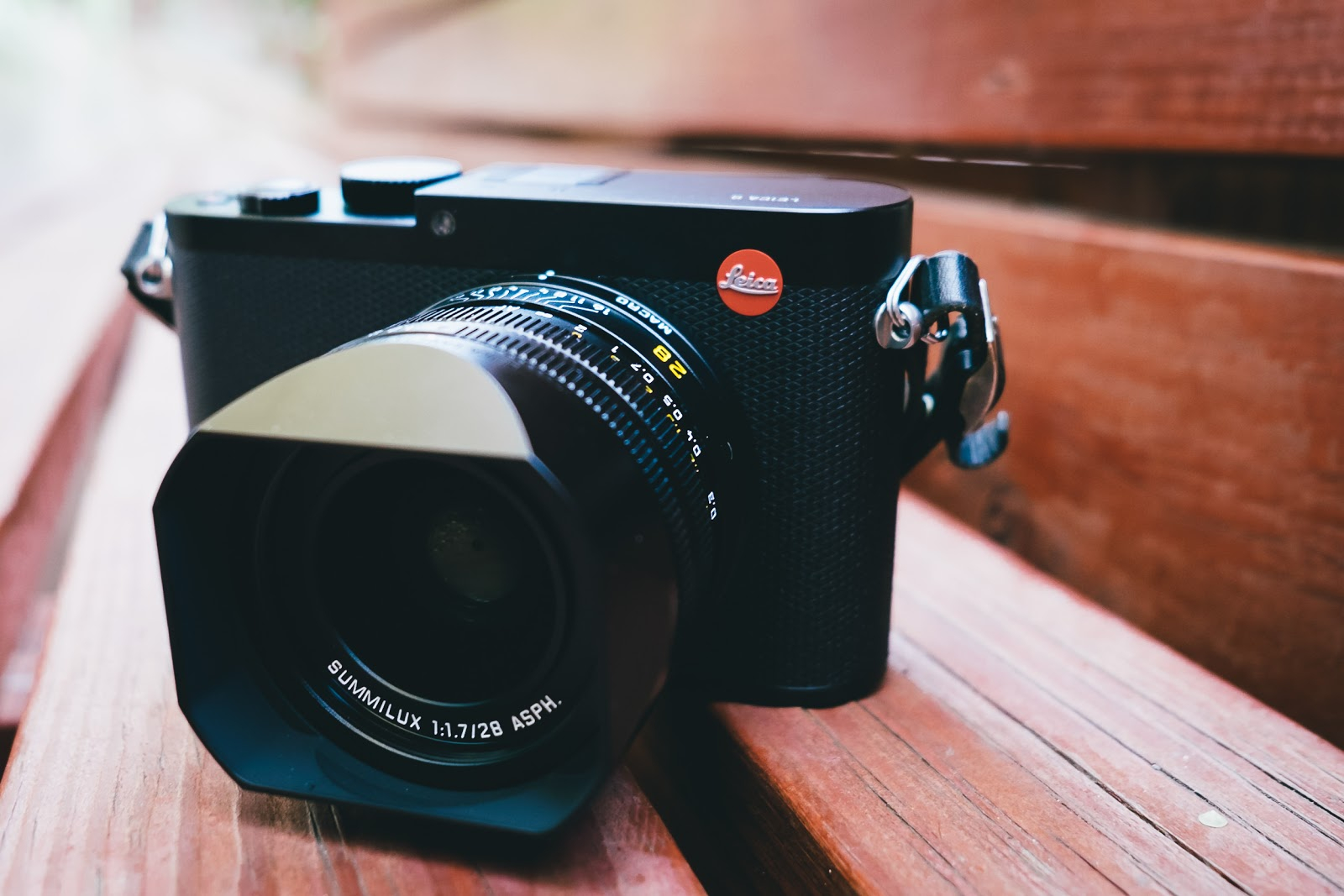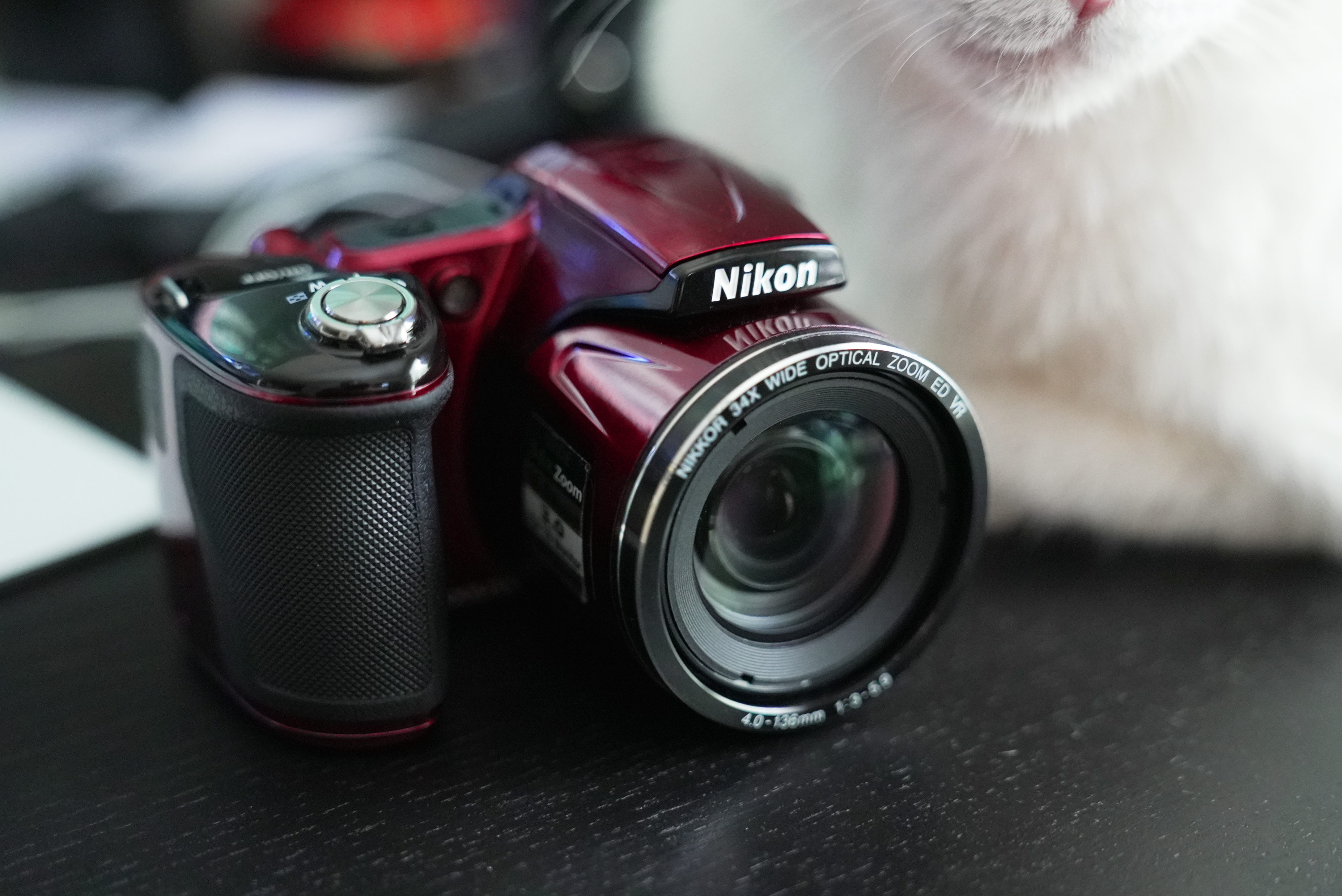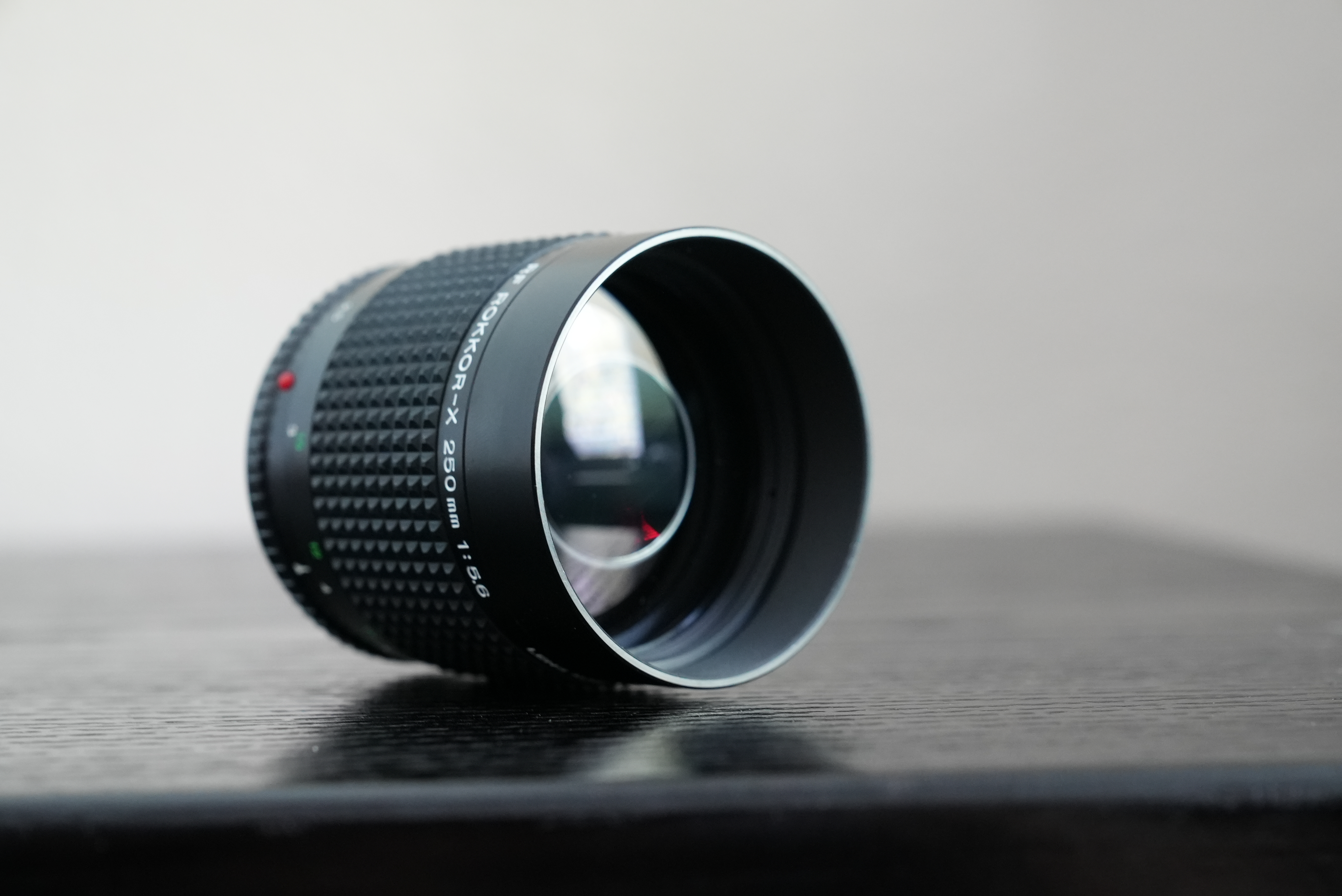
Previously, in this ongoing series on luxury compact fixed-lens cameras, I covered the Fujifilm X100F and the Sony RX1R. Today, I’m looking at the Leica Q (also available in titanium gray.)
Before we get to the handling and shooting experience of the Leica Q, let’s see if this camera fits the criteria.
Is it luxury?
Well, it’s a Leica, so if it wasn’t a luxury item, they’d have to reconsider their whole raison d’être. Not surprisingly, the Q is as sophisticated and elegant as most of the Leica line-up. The build quality is first-class—from the graceful curves of the magnesium alloy body to the precisely machined rings and dials—this camera feels exquisite and looks quite posh around your neck.
Is it compact?
The Leica Q isn’t the lightest or smallest full-frame compact camera on the market, but it’s still light and small if you compare it to a DSLR or most mirrorless offerings. It seems like Leica prioritized ergonomics over size—they didn’t cut the body down at the expense of grip or just for the sake of making it more compact. Overall, it feels as good as their classic M-mount cameras.
Is it fixed-lens?
It sure is. The Leica Q sports a superb 28mm f/1.7 Summilux Aspherical lens. The lens alone might be worth the price of the camera, so you’re getting a bargain—at least when you consider how much Leica usually charges for lenses. The 28mm focal length is great for all-around shooting—wide enough for street photography in tight spaces and long enough to capture environmental portraits.
Is it a camera?
Yes. Yes, it is. And boy, is it a beautiful camera.
Handling the Leica Q
Unlike the Sony RX1R, I could easily grip the Leica Q with my whole right hand. I’ve got average-sized paws, so most likely, your pinkie won’t be left hanging, and thanks to a concave divet on the back, I got a comfortable grip with my thumb as well. There is an additional hand grip available for better control, and it doesn’t add too much size. You definitely want to wear a neck or wrist strap because the finish on the body is sleek and the leatherette can get slippery if your hand sweats. Having the Q securely in hand is vital considering how devastating it would be to drop a camera this valuable.

While the button layout is quite minimalistic, it’s nice to see that everything you need is at your fingertips. Much like the vintage-inspired Fujifilm X100F, the Leica Q relies on tactile rings and dials to control the aperture, shutter speed and exposure compensation. All the mechanical controls, including the buttons and the shutter, feel very responsive and have an appropriate amount of resistance and satisfying clickiness to them.
When you turn the ring on the lens to shift the camera to macro mode, the focus depth scale on the lens mechanically changes to the new settings, which is pretty cool. If nothing else, you can show this neat trick to impress people that aren’t otherwise taken with your Leica’s capabilities.

For the week or so that I had the Leica Q in my possession, I made it my everyday carry. Initially, I felt a bit of apprehension at casually carrying around a camera that costs more than my first car, but I quickly got over it and treated it like all my other cameras—not daintily, but with a healthy dose of respect. And that’s really all that this camera requires. Beyond its premium looks, the Q is a tough cookie, more than capable of sustaining daily use.
The shooting experience
Leica knows what photographers want, especially documentarians and street photographers. And with the Leica Q, they zeroed in on this crowd. That’s not to say that it can’t be a solid portrait or landscape camera—because it can do that as well—but it really shines on the streets.

The Q was Leica’s first full-frame camera with autofocus, beating the SL by a few months, and it’s pretty impressive how reliable it is. There are several different autofocus modes, all with their own respective advantages and disadvantages. I found myself sticking with AFs Multipoint autofocus when I wasn’t shooting manual and found that it hit more than it missed. It might even replace zone focusing for some daring old-timers.

Modes like tracking and face detection work well in good lighting conditions, but they falter a bit in low light. For making manual adjustments, switching the autofocus off is as easy as unlocking the focus ring—just hit the button at the bottom of the finger rest and you’re good to go. The focus ring is well-balanced and has a short throw so it can be set quickly. You can use the touch screen to focus or trip the shutter, but I didn’t find many opportunities that called for it.

The viewfinder is nice and bright, although I found it a bit shallow for my liking—if you wear glasses, however, you may consider this a plus. The back screen is big and gorgeous, and has touch functionality that anyone with a smartphone will find familiar. The screen doesn’t tilt or flip, so that makes shooting photos from above or below a little more difficult, and your beloved selfies might just suffer from suboptimal framing.


I used it in some low light situations and found that the noise was manageable at ISO 6400 and even beyond that. The lens is stabilized as well, so you can get a few extra stops of light without having to worry too much about unwanted blur. The f/1.7 aperture also helps out in this respect, and the lens is unbelievably sharp wide open.
The amount of detail that I was able to capture with this 28mm lens on the 24 megapixel sensor is pretty amazing. Even enlarged at 400%, the files show a ton of detail and micro-contrast, so if you need to crop, you can really go wild. The Leica colors are great, unsurprisingly, I found that they really worked well for my personal editing style.

I will note that if you want attention from other photographers, that bright red dot on the front of the camera will draw them in. I was stopped several times by fellow photographers wanting to talk shop—something that rarely happens when I’m walking around with other cameras.
Final thoughts
The Leica Q is special. It draws on decades of tradition while seamlessly incorporating many modern features. So much thought went into making this a photographer’s camera that it feels like it’ll be relevant for several years to come. While it’s certainly pricey, it’s a good value considering you’re getting a more-than-capable full-frame camera and a top-notch Leica lens in one package.
It’s a camera you’ll want to take with you when you leave the house and it even makes photographing the mundane a joyful exercise. As much as I try to avoid falling in love with gear, I have to admit I caught myself admiring it on more than one occasion. Leica, you’ve done it—I better start saving up.




